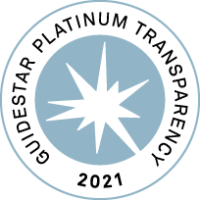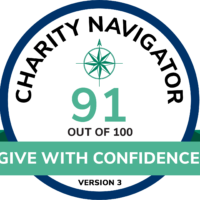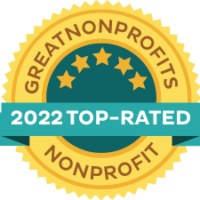The Neuromuscular Disease Foundation and RAM Challenge You to Change the Way You Tell Patients’ Stories
When the NDF interviews a patient to publish a piece about their personal journey with GNE Myopathy, one of the first questions we ask that patient is: What do you want to come from sharing your own story with the public? As a patient-focused non-profit organization, it is important for NDF to advocate for patients by giving them the power to decide what the ‘call to action’ of their own story will be. Too many organizations have used “sad” patient stories with a donate button at the end as a marketing tool, often leaving the patient feeling used, exposed, and unrewarded.
This is a problem that both NDF and RAM are working to solve by adopting a patient-first approach to creating content designed to meet the needs and wants of rare disease patients. Letting patients determine the purpose behind sharing their stories changes the narrative from organizations borrowing patients’ experiences to boost fundraising efforts, to patients having access to a friendly, supportive platform, through which they can cultivate desired change. The focus is no longer on the needs of the organization, but rather on empowering and serving the patient, and it’s a shift that is long overdue.
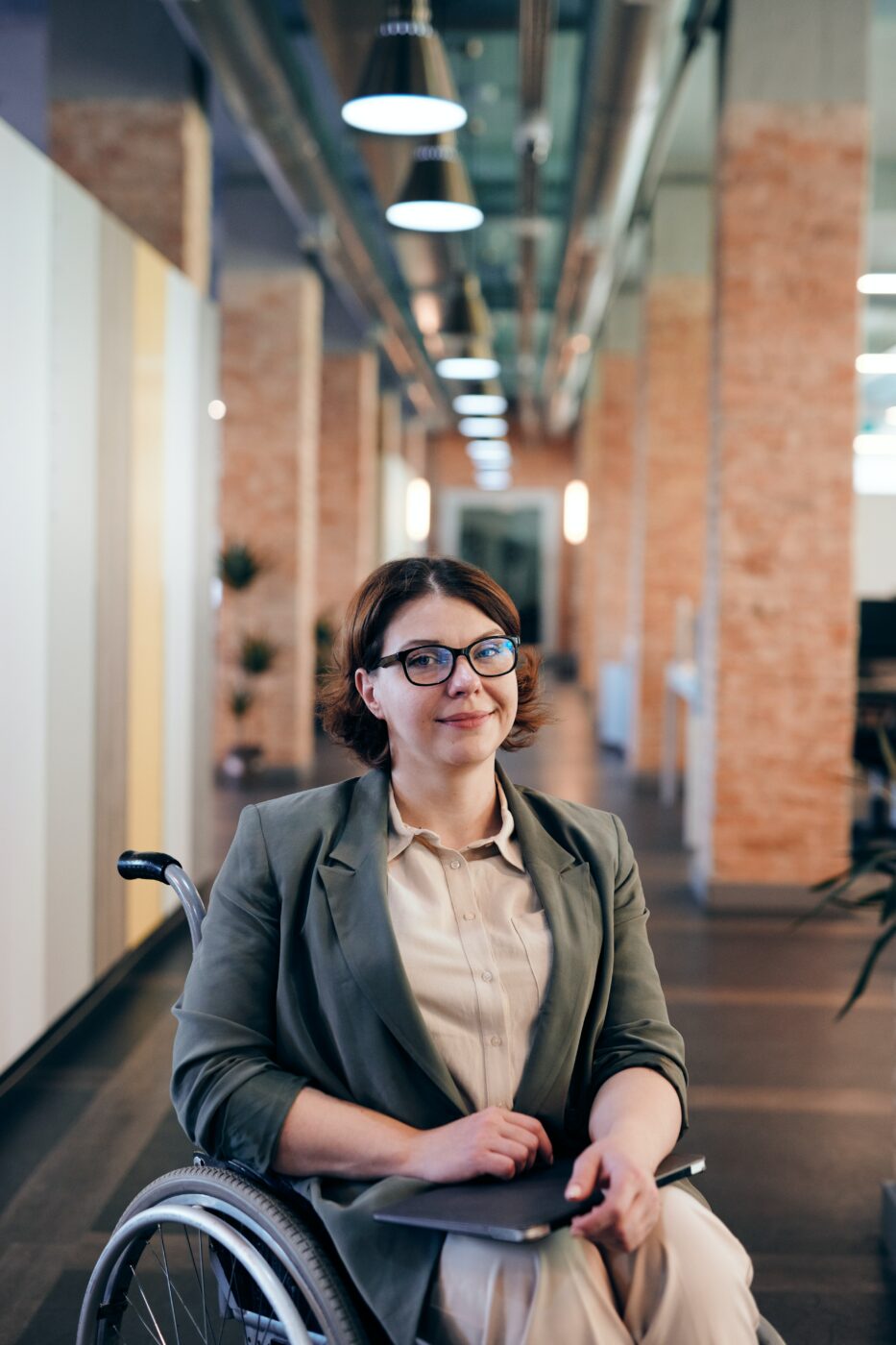
“This is exactly what the non-profit community needs. To shift the narrative in a
way that actually empowers the patient”—Nadia Bodkin, Founder of the Rare
Advocacy Movement.
The NDF published a number of patient stories during the past year, and we have enjoyed seeing the positivity that can come from patients offering the public an inside glimpse into their unique experiences. The goal has evolved past fundraising. “This is about advancing how we empower and advocate for our patients, especially when they move our mission forward by engaging on public channels,” said an NDF marketing team member. In this era of social media, democratizing virtual content for patients is an intuitive evolution, yet, can be viewed as a bold move. “We got tired of seeing the same old formula again and again. Our patients aren’t victims, they are choosing to express themselves for powerful reasons. We’re excited to facilitate that process”.
Together with RAM, we are challenging other organizations to advance their approach to patient storytelling also.
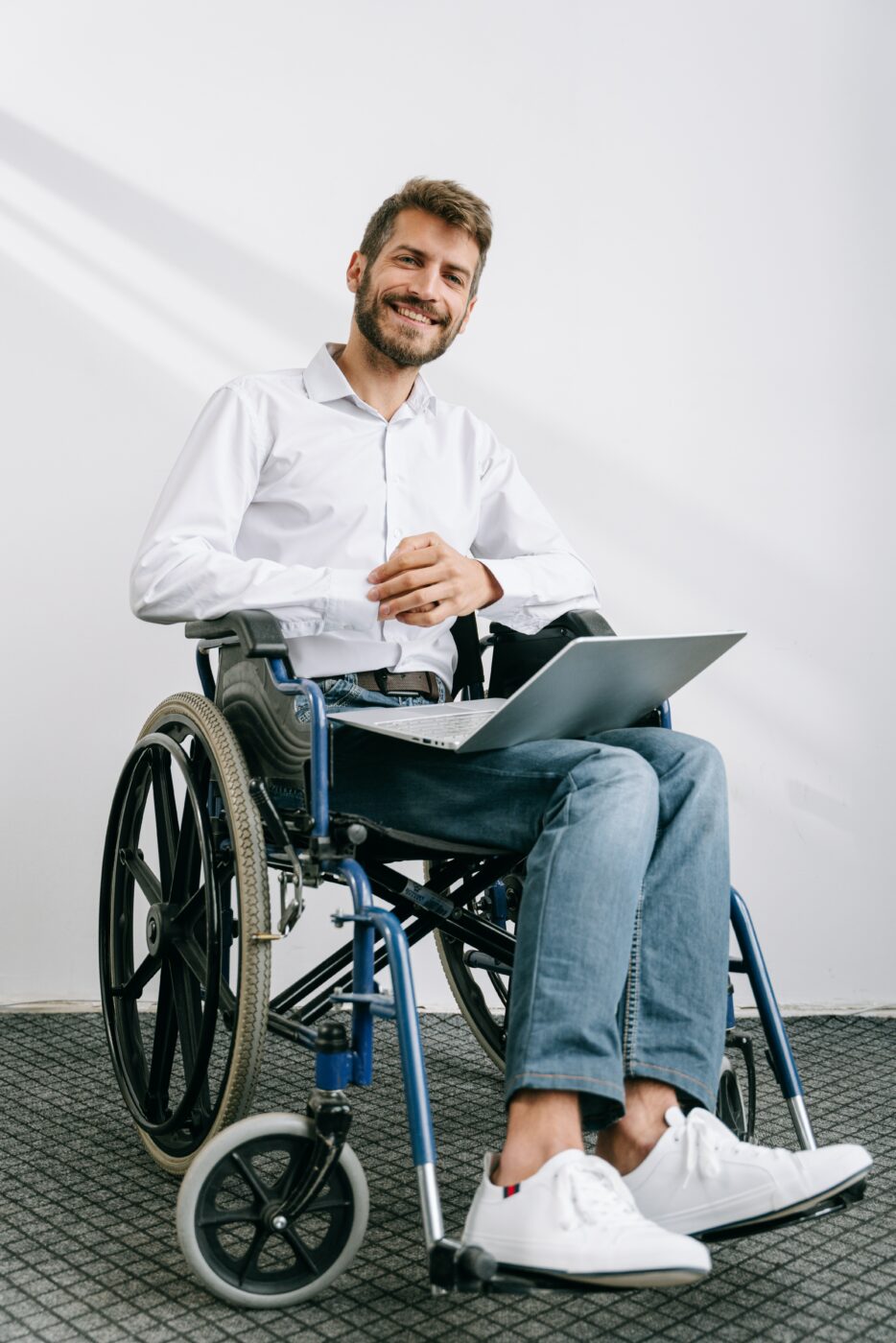
Recently, we shared Mangesh Ghiware’s journey to reach his GNEM diagnosis. When we first spoke with Mangesh, he said that he feels fortunate and hopes for more companies that employ workers who have rare diseases or conditions to make the same efforts to accommodate their employees’ physical or other needs in the workplace as his current employer does. For Mangesh, he wanted to use his platform to educate businesses about the impacts that GNEM has on his daily life, to inform decisions such as facilitating the workplace with elevators. We thought that was so important. When we provide a channel for GNEM patients to share their stories, we want to facilitate their also, being able to use their story to affect the specific change that they desire. Your personal experience takes on such value and import, when directed with care and intention. That story, when stewarded thoughtfully, can become a currency, and can be leveraged to bring about the positive change that you are seeking.
In a particularly moving recent patient profile on Doctor Suleyman Kus, a resident of Turkey, who was diagnosed with GNEM after twelve years of, seeking medical answers, when asked if there were any messages that he would like to impart to the global healthcare community, he said, “Yes. Please raise your empathy”. This is a simple but profound message, particularly coming from Suleyman, who has seen the medical industry from both sides, as a patient and a physician. When patients share their stories for the purpose of cultivating change, these changes can be specific – like an elevator in a building, or more home builders gaining fluency in wheelchair accessibility – or they can be broad and conceptual.
When we spoke with Rushabh Desai, who was born into an established family in India, he discussed working to overcome personal challenges such as the cultural beliefs in his local and family community that physical illness is the effect of a person’s karma. Systemic beliefs that are spread through social and cultural conditioning are difficult to overcome, and it is imperative that patients not only have outlets through which to voice their experiences and concerns, and to effectively humanize these difficulties, but also to better educate the world about medical conditions that simply are not known in some regions of the world. The geographical inequities that are evident in the global healthcare system can be brought to light through sharing stories like Rushabh’s.
In addition to empowering the patient to pick the purpose of his story, an important aspect to consider is to support the patient AFTER the story is out. “When we work with a patient ahead of their choosing to share their story publicly, we consider a range of possibilities. Will they face a pushback or criticism when their story is published? Do they feel comfortable taking on a public facing role on behalf of their patient community? We address these topics because we have seen patients struggle with these circumstances many times,” says Nadia Bodkin, Founder of RAM. “But if organizations that exist to serve these patient communities are mindful of asking patients what they want to get from sharing their story, and consciously shape content to direct readers’ focus toward achieving these goals, then we have really contributed value to the individual who is willing to leverage their personal experience in order to benefit their greater community. And that is what this is about”.
The Neuromuscular Disease Foundation (NDF) works to enhance the quality of life for those living with GNE Myopathy by funding critical research focused on treatments and a cure through The International Gene Therapy Development Program (IGTDP) and by advocacy, education, and outreach.
The Rare Advocacy Movement (RAM) is the first community-based network of professional activists and allied advocates dedicated to protecting the interests of the global community of people living with rare conditions, disabilities, medical complexities and their families.






